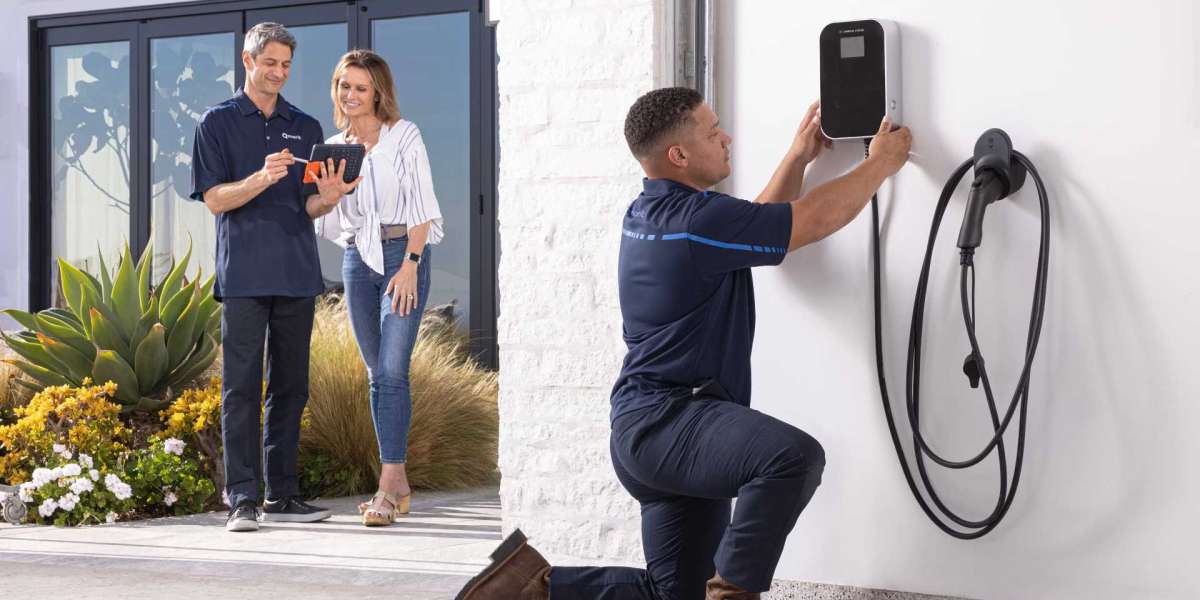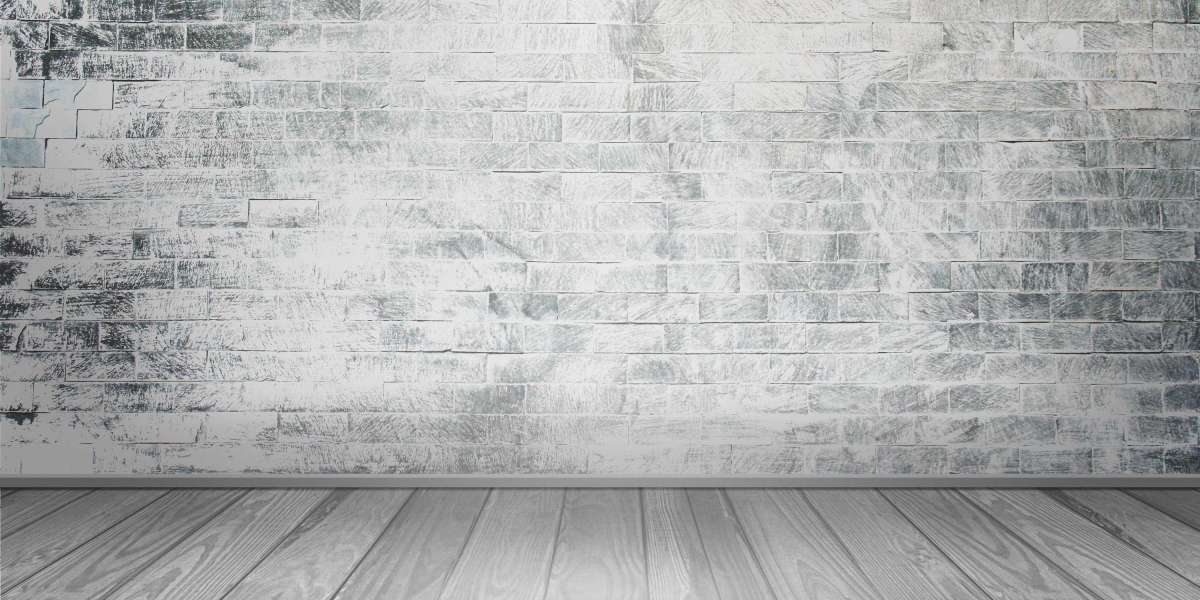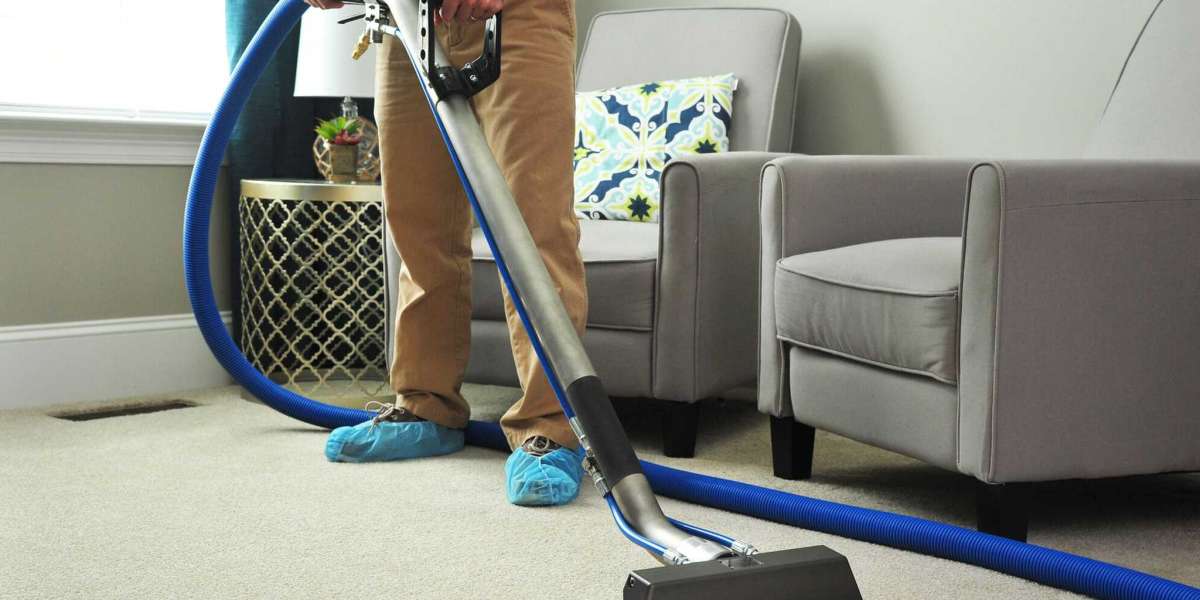Your roof is one of the most critical components of your home. It shields you from harsh weather, insulates your living space, and enhances curb appeal. But like everything else, roofs age and deteriorate over time—eventually requiring maintenance or even a full roof replacement to preserve the integrity and safety of your home.
Many homeowners overlook early signs of roof problems until the damage becomes costly. Recognizing issues early—especially before leaks or structural concerns set in—can save you time, money, and stress. If you're unsure whether it's time for a roof replacement, here are the top warning signs to watch for.
1. Shingle Damage Is Getting Worse
Your shingles are your roof’s first line of defense. If they’re not in good shape, your roof probably isn’t either—a fact often emphasized by Northwestern Exteriors Inc, a trusted provider serving Aurora IL.
Look out for:
- Curled, cracked, or broken shingles
- Bald spots where granules are missing
- Piles of granules near downspouts or in gutters
When shingles are visibly worn, your roof’s protection is compromised. Ignoring this can lead to faster deterioration of the underlayment and decking.
2. Frequent Leaks or Water Spots
A leaking roof is an obvious red flag—but small leaks can go unnoticed.
Common signs include:
- Water stains on ceilings or attic walls
- Mold or mildew in your attic
- Damp insulation
Water intrusion can cause major structural damage and lead to unhealthy indoor air quality. Routine roof inspections can catch leaks before they become disasters.
3. Your Roof Is Sagging
Roofs should have a uniform, straight shape. If you notice sagging, it could be due to:
- Waterlogged decking
- Structural failure of underlying materials
- Excessive weight from snow or debris
This type of damage requires immediate attention, as it may signal a serious safety concern.
4. Higher Energy Bills
A failing roof can impact your home’s energy efficiency. If your HVAC system is working overtime, your roof might be to blame.
Warning signs:
- Cold drafts or hot spots in certain rooms
- Increased energy costs over the past few seasons
- Poor attic ventilation or insulation
Replacing an old or damaged roof can improve insulation and ventilation, ultimately lowering your utility bills.
5. Roof Age Exceeds Its Lifespan
Different roofing materials have different life expectancies:
- Asphalt shingles: 20–25 years
- Wood shingles: 25–30 years
- Metal roofing: 40–70 years
- Slate or tile: 50+ years
If your roof is nearing or past its expected life, it's smart to start planning a roof replacement before emergency repairs are needed.
6. Flashing and Seals Are Failing
Flashing seals the joints around vents, chimneys, and skylights. If it's damaged, water can easily seep through.
Check for:
- Rusted or cracked flashing
- Loose or missing sealant
- Signs of moisture near roof penetrations
These areas are common culprits for leaks and often degrade faster than shingles.
7. You See Daylight in the Attic
Head up to your attic and turn off the lights. If you can see sunlight coming through the roof boards, you’ve got a problem.
This typically indicates:
- Gaps in the decking
- Failing underlayment
- Missing shingles or holes
Left unrepaired, these gaps allow water, pests, and outdoor air to enter your home.
When Should You Act?
The earlier you respond to signs of damage, the less you’ll spend on repairs or replacement. A proactive approach can extend your roof’s life and help maintain the safety and efficiency of your home.
If multiple signs apply to your roof, it’s likely time to consult with a professional about replacement options. Local roofers can assess the structure, recommend materials, and offer accurate timelines based on your region’s climate and housing design.
Final Thoughts
Roof problems don’t fix themselves. Small warning signs can turn into big repair bills if ignored. Stay ahead of the damage by scheduling regular inspections, especially after storms, and be proactive when signs appear.
Replacing your roof might feel overwhelming, but it’s a critical investment in your home’s value, safety, and longevity. Pay attention to the warning signs—your roof will thank you.
FAQs
Q1. How often should I schedule a roof inspection?
At least once per year is recommended—preferably in spring or fall. After major storms or heavy snow, consider a follow-up inspection.
Q2. Can a roof be repaired instead of replaced?
Yes, if the damage is minor and isolated. However, if over 25–30% of the roof is affected or it’s nearing the end of its lifespan, replacement is more cost-effective.
Q3. What’s the average cost of a new roof in the U.S.?
According to 2024 data, a full roof replacement ranges from $7,500 to $15,000 for asphalt shingles on a standard home, depending on materials and labor.
Q4. How long does roof replacement take?
A typical roof replacement takes 1–3 days. Factors like roof size, complexity, and weather can affect this timeline.
Q5. Are roof replacements covered by homeowners insurance?
If the damage was caused by an insured event like a storm or fire, then yes. Wear and tear or aging is typically not covered. Always check your policy.








